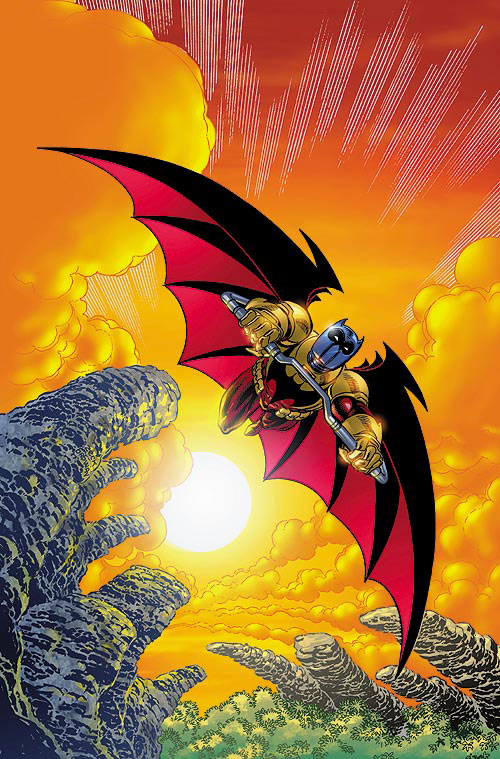

Brill's First Encyclopaedia of Islam 1913-1936. Cenap Çakmak Islam: A Worldwide Encyclopedia ABC-CLIO 2017 ISBN 9781610692175 pp.Historical Dictionary of Prophets in Islam and Judaism. Stephen Burge Angels in Islam: Jalal al-Din al-Suyuti's al-Haba'ik fi Akhbar al-malik Routledge 2015 ISBN 978-3-0.(2003), Encyclopedia of Religion and Ethics Part 3, Kessinger Publishing, p. “Longfellow's Angels.” Prairie Schooner, vol. Hamilton Beyond Faith: Belief, Morality and Memory in a Fifteenth-Century Judeo-Iberian Manuscript BRILL, ISBN 9789004282735 p. Davidson, Gustav (1967), A Dictionary of Angels, Including the Fallen Angels, ISBN 9780029070505.Elise Lawton Smith, Evelyn De Morgan Evelyn Pickering De Morgan and the Allegorical Body Fairleigh Dickinson Univ Press, 2002 ISBN 9780838638835 p.Thanatos, the personification of Death in Greek mythology.Baron Samedi, personification of Death in Haitian Vodou.

But he is not equated with Samael, the angel of death in Jewish lore, who appears as a fallen and malevolent angel, instead. Henry Wadsworth Longfellow mentiones Azrael in The Reaper and the Flowers as an angel of death. Although lacking the eminent scythe, his portrayal nevertheless resembles the Grim Reaper. Some Western adaptions extended the physical description of Azrael, thus the poet Leigh Hunt depicts Azrael as wearing a black hooded cloak. The Islamic notion of Azrael, including some narratives such as the tale of Solomon, was already known in America in the 18th Century as attested by Gregory Sharpe and James Harris. It is said that when Rumi was about to die, he lied in his bed and met Azrael in human shape. Great prophets such as Moses and Muhammad are invited politely by him, but also saints are said to meet Azrael in beautiful forms. According to the Sufi teacher Al-Jili, Azrael appears to the soul in a form provided by its most powerful metaphors. Īzrael kept his importance in everyday life. Suyuti's al-Haba'ik fi akhbar al-mala'ik contains many such hadiths describing the appearance of Azrael, his duties and meetings between him and the prophets, including Idris, Moses and Solomon. Most notions of Azrael are not attested by the Quran nor by the Kutub al-Sittah, but derive from the reports of the Tabi‘un especially Wahb ibn Munabbih, compiled during the reign of the Rashidun. Only Azrael succeeded, whereupon he was destined to become the angel concerning life and death of human. According to another famous narrative, God once ordered to collect dust from earth from which Adam is supposed to be created from. After the angels regained consciousness, death recognized it must submit to Azrael. The Kitab ahwal al-qiyama offers an account of death and its relation to Azrael, representing Death and Azrael as former two separate entities, but when God created Death, God ordered the angels to look upon it and they swoon for a thousand years. Islam elaborated further narratives concerning the role of Azrael and Death. According to one Muslim tradition, forty days before the death of a person approaches, God drops a leaf from a tree below the heavenly throne, on which Azrael reads the name of the person he must take with him. Azrael does not act independently, but is only informed by God when time is up to take a soul. Thus, the lesser angels of death are for the common people, but saints and prophets meet the archangel himself. Also the Quran, in Surah 79 speaks of many angels of death. Tafsir al-Baydawi mentions an entire host of angels of death, subordinative to Azrael. However, Azrael is not necessarily the only angel of death. He is responsible for taking the souls of the deceased away from the body. : 64–65 In IslamĪzrael is, along with Jibrail, Mīkhā'īl and Isrāfīl, one of the four major archangels in Islam. In Jewish mysticism, he is the embodiment of evil. First after the emergence of Islam, the name Azrael becomes popular among both Jewish and Islamic literature and folklore. The text only lists names, thus it can not be determined, whether or not Azrael was associated with death or not, before the advent of Islam. Archaeological evidence found in Jewish settlements in Mesopotamia confirm, that the name Azrael was indeed used in Aramaic Incantation texts from the seventh century. He is constantly recording and erasing in a large book the names of men at birth and death, respectively. : 288 In one description, he has four faces and four thousand wings, and his whole body consists of eyes and tongues whose number corresponds to the number of people inhabiting the Earth.

Backgroundĭepending on the outlook and precepts of various religions in which he is a figure, Azrael may be portrayed as residing in the Third Heaven. Not to be confused with Azazil, the name of Iblis before his fall in Islamic mythology.


 0 kommentar(er)
0 kommentar(er)
